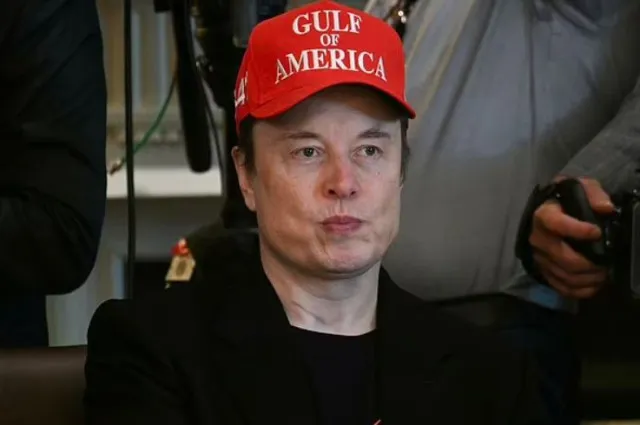Elon Musk quietly distances himself from his White House role as Trump’s push for government efficiency takes a new direction.
The tech mogul’s reduced presence signals a new phase for the controversial Department of Government Efficiency (DOGE).
Elon Musk steps away from his White House role
Elon Musk is no longer a regular presence at the White House after spending the first 100 days of Trump’s second term by the president’s side.
Trump’s Chief of Staff, Susie Wiles, confirmed that Musk has scaled back his physical involvement but remains in contact remotely.

‘Instead of meeting with him in person, I’m talking to him on the phone, but it’s the same net effect,’ White House Chief of Staff Susie Wiles told The New York Post
He has stepped away from day-to-day operations at the Department of Government Efficiency (DOGE). This marks a shift in one of the most disruptive governance experiments in recent U.S. history.
Despite this change, Musk’s team at the Eisenhower Executive Office Building continues his cost-cutting vision across federal agencies.
‘He’s not out of it altogether. He’s just not physically present as much as he was.’she said, ‘He hasn’t been here physically, but it really doesn’t matter much’.
‘The people that are doing this work are here doing good things and paying attention to the details. He’ll be stepping back a little, but he’s certainly not abandoning it. And his people are definitely not.’
Elon Musk led one of the most radical attempts to overhaul the federal government

Elon Musk was initially appointed by Trump as an unpaid special government employee, quickly dubbed the White House’s unofficial “Efficiency Czar.”
DOGE was created to slash wasteful spending and dismantle what Musk and Trump called the “Deep State of Waste.”
Over the first few months, Musk regularly briefed Trump, attended Cabinet meetings, and flew on Air Force One.
His toddler son “X” even made appearances at budget meetings, symbolizing Musk’s total integration into White House life.
The billionaire promised to cut the federal deficit by $1 trillion, aiming to halve it by the end of the fiscal year.
Under Musk’s leadership, the Department of Government Efficiency aggressively targeted federal agencies. DOGE has already led to more than 200,000 federal job cuts and the downsizing of multiple agencies across the government.

Among the most symbolic targets were the U.S. Agency for International Development (USAID) and the Consumer Financial Protection Bureau (CFPB).
USAID, with 10,000 employees, was gutted, and CFPB is now on a path to permanent closure.
These sweeping cuts sparked lawsuits, protests, and national controversy over the impact on humanitarian and consumer protections.
Critics argue the cuts were reckless, while supporters say they are essential to reducing corruption and inefficiency.
Public backlash grew as Musk’s reforms collided with real-world consequences
By March, public opinion on Musk’s federal role began to shift amid growing protest and vandalism targeting Tesla properties.
Protesters accused Musk of fueling a tech-sector profit grab under the guise of cutting government waste. Trump responded by staging a media event, purchasing a Tesla on the White House lawn, and calling the vandals “domestic terrorists.”
He instructed the Department of Justice to crack down on those opposing DOGE’s reforms.

Still, the administration has not released clear figures on how much money has actually been saved.
Musk steps back but remains open to advising government.
Musk’s 130-day term as a special government employee ends in May, coinciding with his planned return to focus on Tesla.
Speaking during a Tesla earnings call, Musk said the foundational work of DOGE has been completed. He expressed interest in advising the government one or two days a week if his input remains valuable.
Despite stepping back, he reiterated his commitment to supporting Trump’s broader mission of trimming federal bureaucracy.
Susie Wiles emphasized that Musk’s core team remains active and focused on advancing the DOGE mandate.White House role